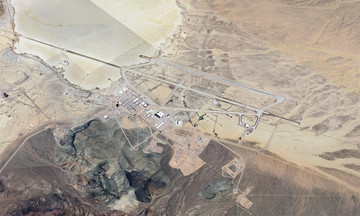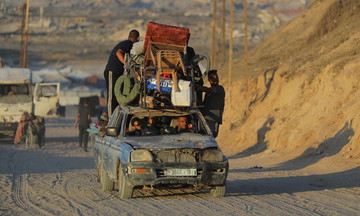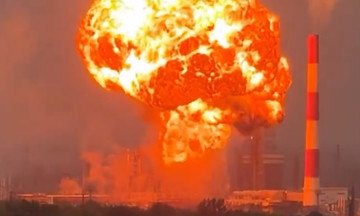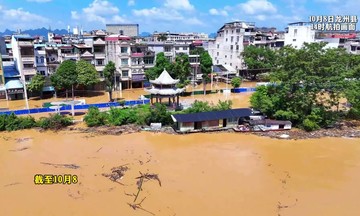On 19/8, RIA Novosti released a video showing a Russian T-72 main battle tank, equipped with a mine plow, traversing an open area while deploying smoke screens. Its mission: clearing a path for comrades attacking a Ukrainian position near Malaya Tokmachka village in Zaporizhzhia province.
During this operation, the T-72 was repeatedly struck by Ukrainian suicide drones, but continued to advance toward the enemy's anti-tank defenses. Upon reaching the defenses, the tank breached obstacles and detonated numerous anti-tank mines. It continued moving forward a short distance before a series of large explosions occurred.
The T-72, part of the 70th Guards Motor Rifle Regiment, is operating in the area overseen by the Dnepr group of forces. The regimental commander, call sign Kabarda, reported that the T-72 crew covered 18 km under constant drone attack.
"The 18-km minefield path was cleared. The crew completed 100% of its mission despite being hit by 24 Ukrainian suicide drones," Kabarda stated.
All three crew members survived and were awarded upon their return to base. The tank commander, call sign Surgut, reported that the T-72's right track was severed by three or four mines detonating in quick succession at the end of the run. The crew evacuated the tank amidst heavy smoke, then took cover in the nearest woods and were extracted by their comrades.
Mine clearing is one of the most dangerous tasks faced by tanks and armored vehicles in the Ukraine conflict. The vehicles must move slowly along a predictable route, making them vulnerable to suicide drones.
Since last year, Russian troops have been welding additional armor onto mine-clearing tanks. This improvised armor, likened to a "turtle shell," has proven effective in neutralizing many types of Ukrainian drones.
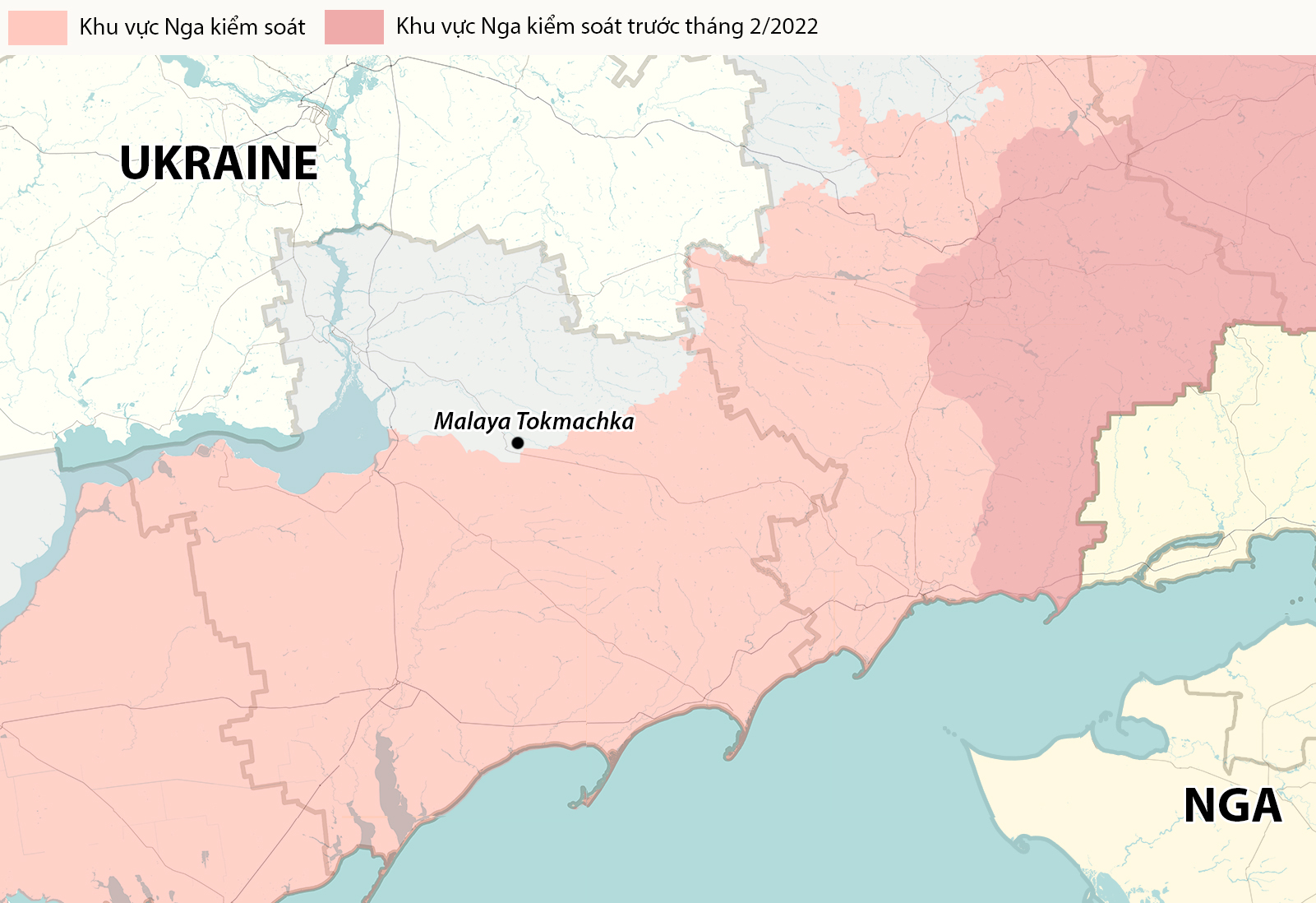 |
Malaya Tokmachka village, Zaporizhzhia province. *Graphic: RYV* |
One weakness of this fully enclosed armor is that it significantly reduces maneuverability, visibility, and turret rotation. However, some Western experts consider it a reasonable trade-off since mine-clearing tanks must move slowly, making them easy drone targets.
Some Russian tanks have recently been seen covered in steel cables to seal gaps in the "turtle shell" armor, with vertically positioned cable bundles on the roof. This improvised armor has earned them nicknames like "monster tank" and "hedgehog tank."
Nguyen Tien (*After RIA Novosti, Zvezda, TASS*)





